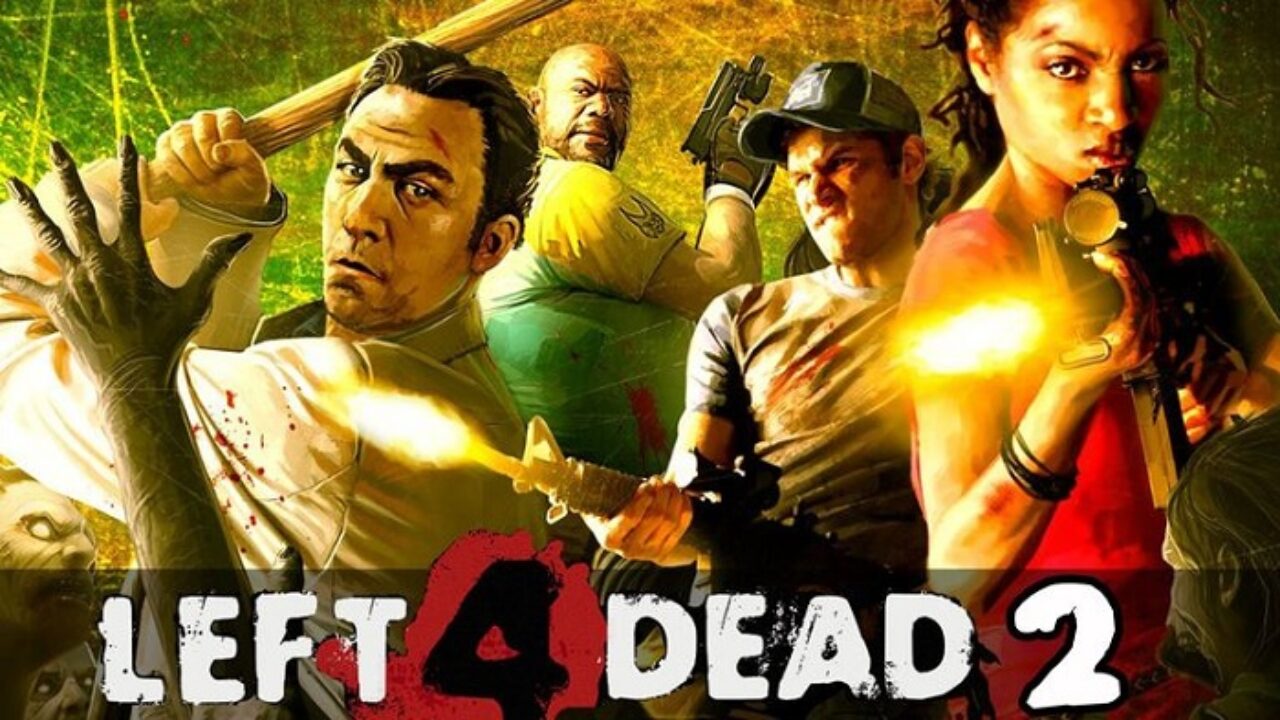
Like a book, you shouldn’t judge a game by its cover, but by its text. Once you’ve cut through that veneer though, you can appreciate the differences, evolutions, and even missteps that make Back 4 Blood more than a hackneyed throwback. This has only made the game’s journey harder, because for as much as there is shared DNA between it and Left 4 Dead, Back 4 Blood is also fighting for its own identity out from under that long shadow. The projections being pushed onto this game were always bound to happen-the marketing emphasizes the connective tissue between the past and the present, while the title is a fun (if slightly detrimental) invocation of the former. Or maybe it is, and being a great successor doesn’t mean what we think it does. I think this is essential to understanding why Back 4 Blood is an enjoyable game, if not a great successor. It’s like if your favorite book was written by a different author-familiar but also foreign.

It takes obvious inspiration from its predecessors, but imbues the formula with the kind of characteristics needed to bring those games up to speed. Instead, I like thinking of Back 4 Blood as a modern spin on the original game. It is a successor to Left 4 Dead, but it’s not the long awaited third installment in that series either. For better and for worse, Back 4 Blood is its own thing.


 0 kommentar(er)
0 kommentar(er)
